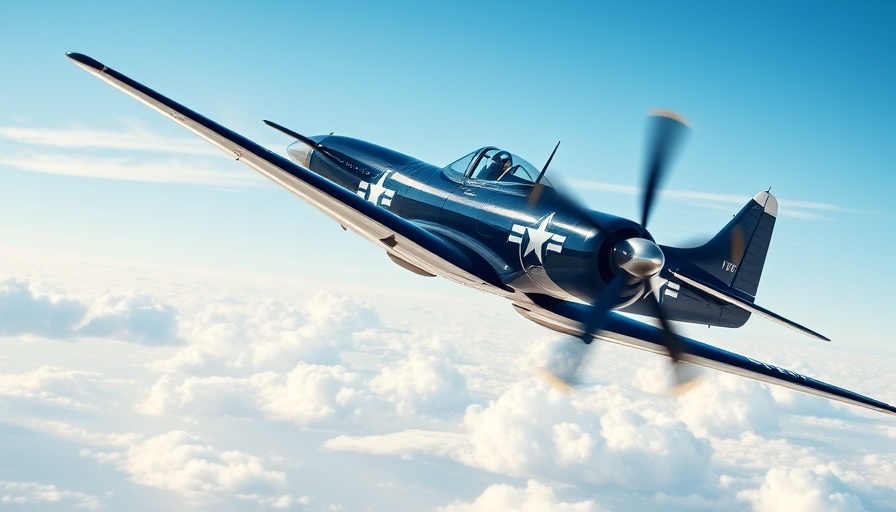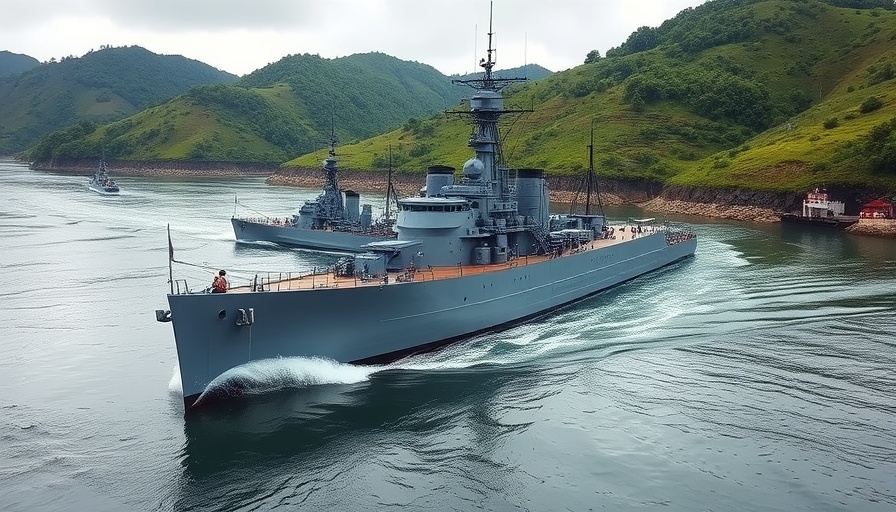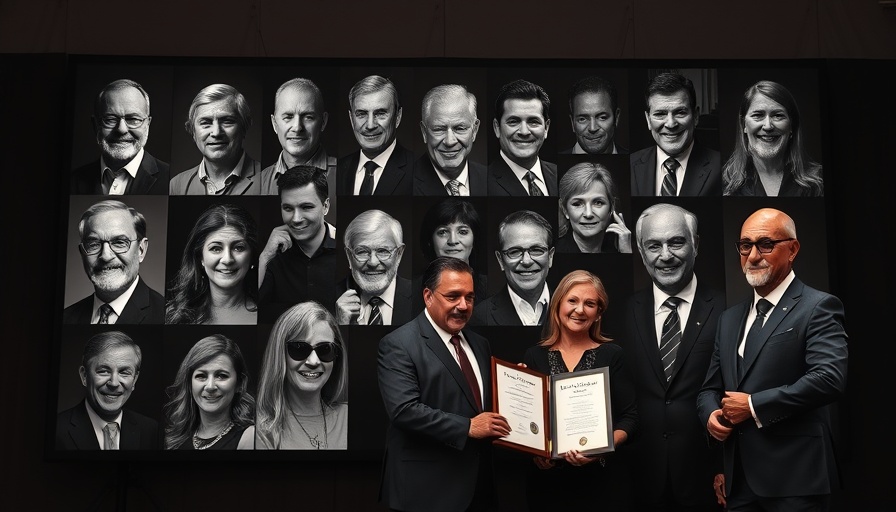
The Legendary F6F Hellcat: A Triumph of Engineering
The story of the Grumman F6F Hellcat represents one of the most remarkable success tales in military aviation history. In the daunting theaters of World War II's Pacific front, it emerged not merely as an aircraft but as a symbol of resilience, power, and unparalleled tactical superiority. This fighter plane was the embodiment of American ingenuity, meticulously designed to overcome the challenges faced by carrier aviators of the time.
A Design Tailored for Success
What set the Hellcat apart was its design, which was not merely an evolution of existing aircraft but a fresh slate, addressing specific needs of naval pilots. Utilizing insights gleaned from the earlier F4F Wildcat, Grumman's engineers created a fighter that was fast, durable, and lethal. Equipped with a Pratt & Whitney R-2800 Double Wasp engine pumping out 2,000 horsepower, it offered exceptional speed and climbing capability. Furthermore, features such as the hydraulic landing gear and the innovative “Sto-Wing” allowed for efficient storage and handling aboard crowded flight decks—an essential factor for carriers.
Built for the Carrier Experience
The Hellcat wasn't just a high-performance fighter; it was masterfully crafted for the rigors of naval operations. The forgiving flight characteristics made it easier for pilots to handle during takeoffs and landings, thus increasing safety on deck. Moreover, the effective wing-folding mechanism maximized space on aircraft carriers, allowing fleets to deploy more aircraft, thereby ensuring numerical superiority in aerial engagements.
A Record That Speaks Volumes
With a staggering kill-to-loss ratio of 19-to-1, the Hellcat earned its reputation as one of the most effective fighter airplanes in history. It first saw combat in September 1943 and quickly established dominance over its adversaries, including the infamous Japanese Zero. Its crowning achievement came during the Battle of the Philippine Sea. In one of the most significant air crusades, Hellcat pilots configured tactical formations that decimated the Japanese aircraft, asserting American air superiority in the Pacific.
Decisive Impact on the Pacific War
The influence of the Hellcat extended beyond mere statistics; it altered the course of warfare in the Pacific. By 1944, this aircraft was central to U.S. naval aviation strategies, striking from Essex-class carriers with force and precision.
Local Legacy: The Hellcat’s Influence Today
The legacy of the F6F Hellcat reaches into the modern day, inspiring local aviation communities, museums, and educational initiatives such as those in Kansas City. Aviation enthusiasts and historians alike celebrate the aircraft's contributions, drawing parallels to today’s advancements in technology and carrier operations.
Engaging the Local Community
As Kansas City residents pause to reflect on such historical milestones, there lies an opportunity to engage with local health and wellness initiatives. Just as the Hellcat’s engineers crossed hurdles through innovation, Kansas City’s health scene is evolving to promote well-being and fitness. Local businesses can take inspiration from the fighter's design philosophy—iterating to adapt to modern needs, ensuring they serve their communities effectively.
Are you passionate about health and fitness in Kansas City? Have a story to share or want to contact us for more details? Drop us an email at team@kansascitythrive.com.
 Add Row
Add Row  Add
Add 





Write A Comment